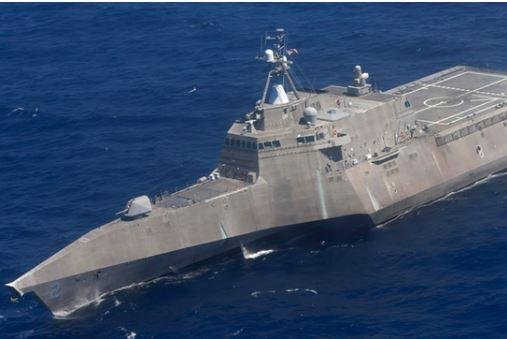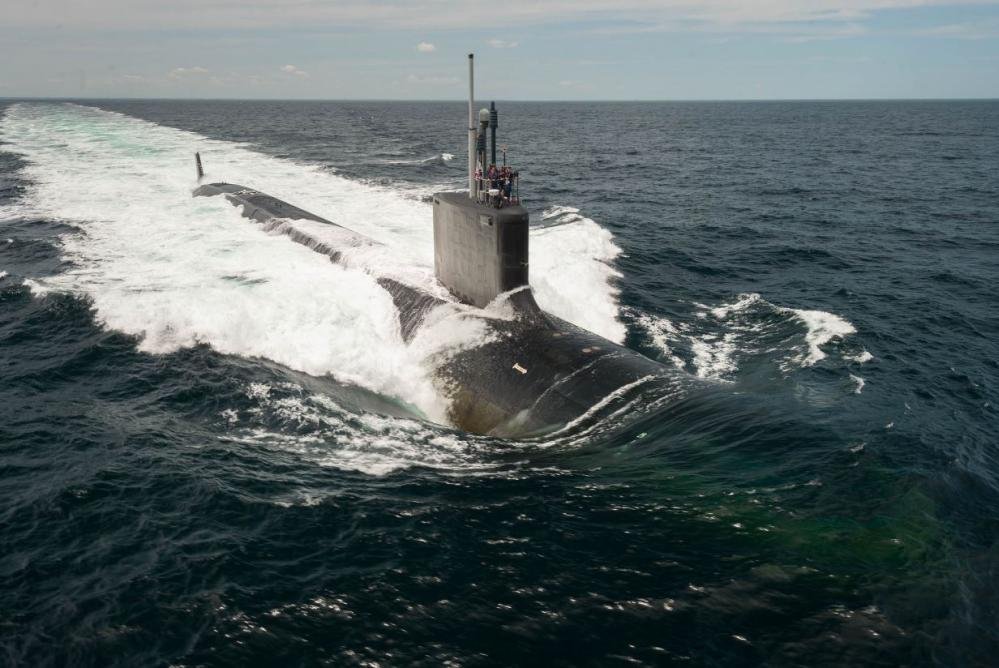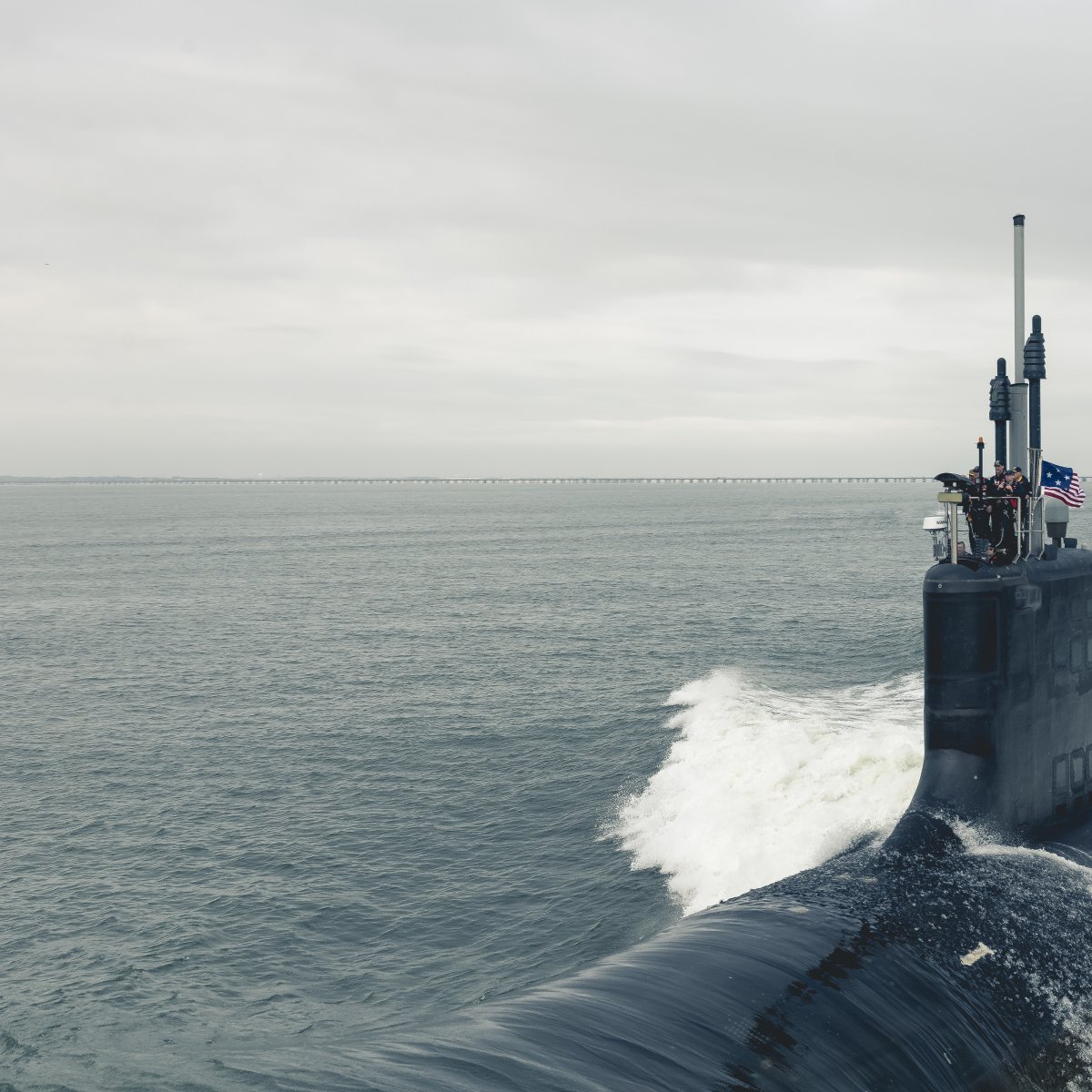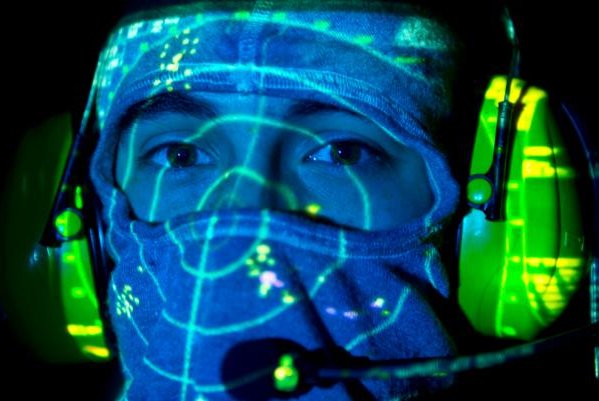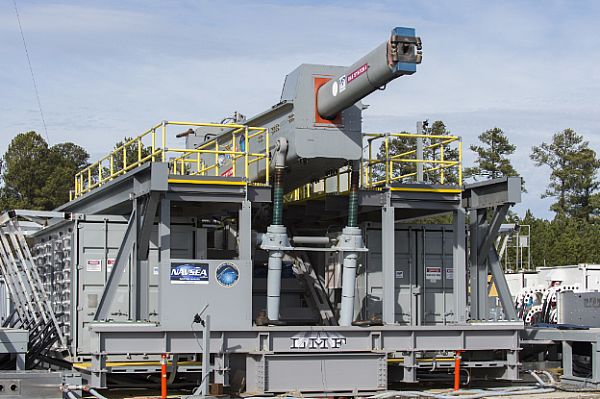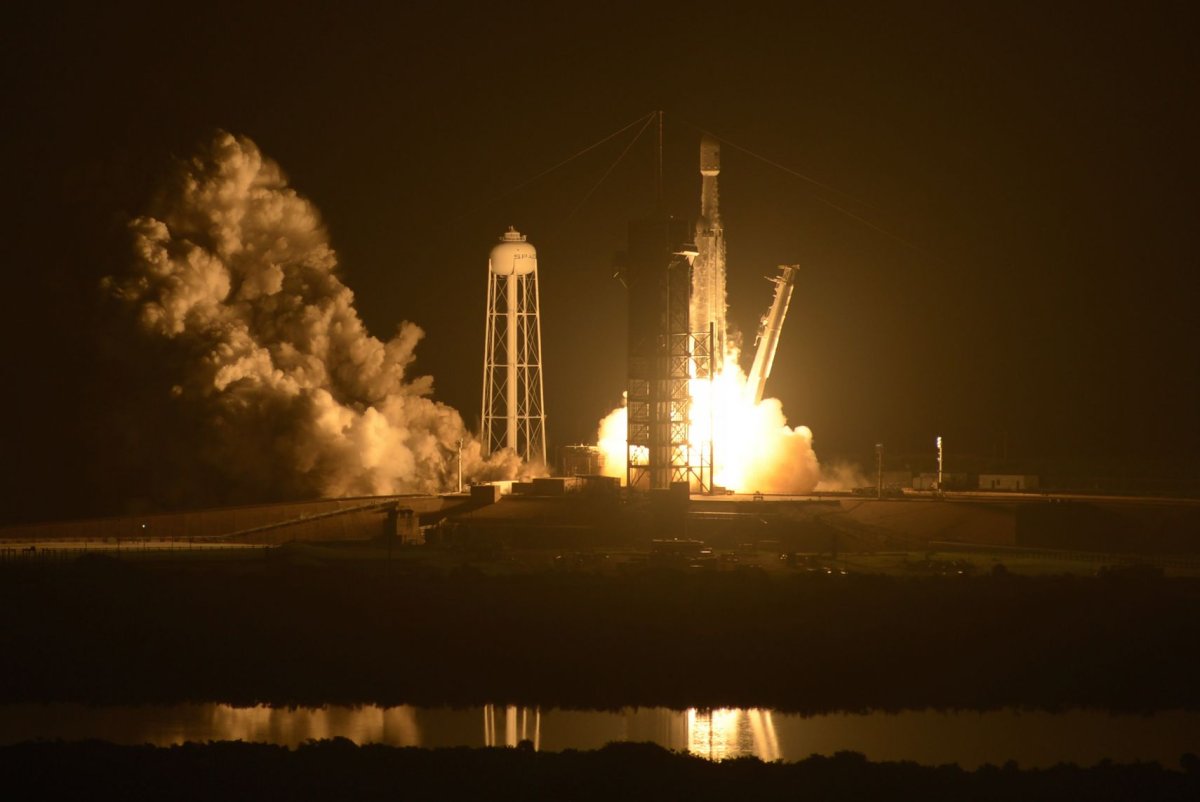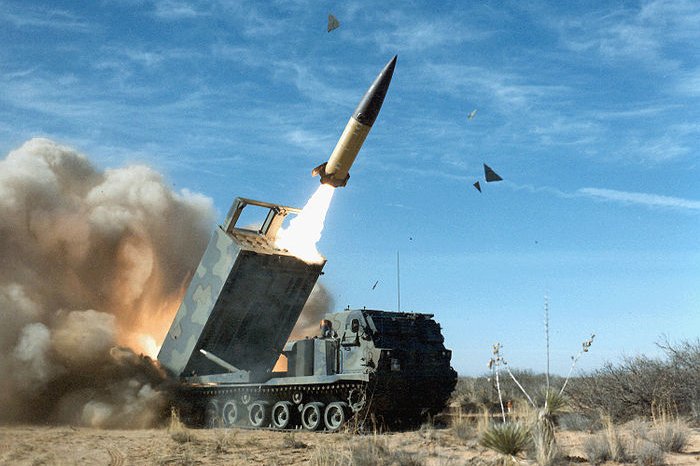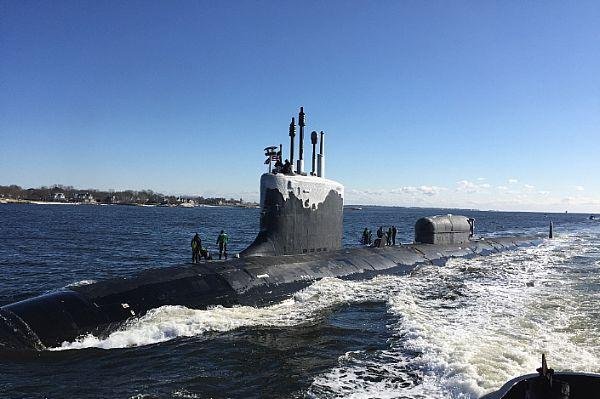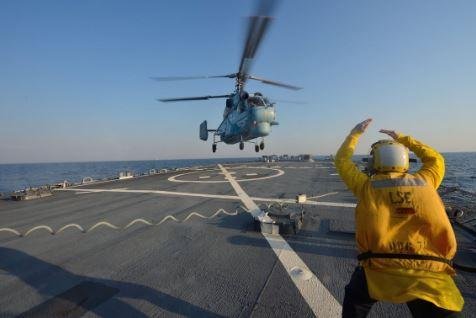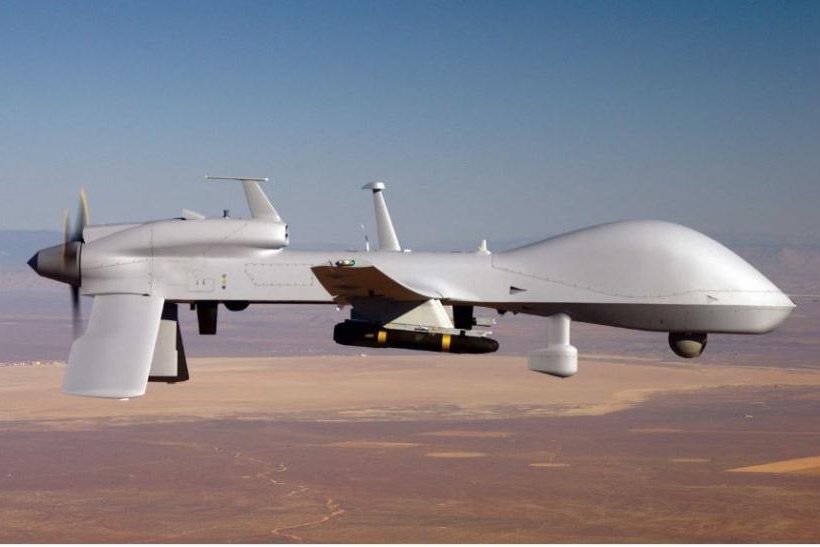Raytheon awarded $96.6M for Silent Knight Radar system
24 June 2019

Raytheon is developing the Silent Knight Radar systems for several aircraft, including the CH-47 Chinook helicopter. Photo by Spc. Glenn M. Anderson/U.S. Army
June 24 (UPI) -- Raytheon was awarded a $96.6 million contract for the initial production of the Silent Knight Radar system for U.S. Special Operations Command.
The contract modification increases the ceiling to $300 million for continued low-rate initial production of the radar system for rotary and fixed-wing aircraft, the Defense Department announced Friday.
The work will be performed at Raytheon's Space and Airborne Systems plants in McKinney, Texas, and Forest, Miss. It is scheduled to be completed by October 2022.
The ordering period is valid for five years.
Fiscal 2019 procurement funds in the amount of $54.7 million are being obligated at time of contract modification. The remaining costs will be funded from delivery/task orders, and might be procured using research, development, test and evaluation; procurement; or operations and maintenance funding.
The work was initially funded at $28.5 million in 2006 and one year later Raytheon was awarded $135.4 million to develop a new tactical radar for the aircraft.
The Silent Knight radar is designed to help warfighters navigate safely through low altitudes at night or in bad weather.
"Whether an operation involves a strike aircraft penetrating heavily defended national airspace or special operations forces covertly inserting personnel, these flights require highly capable radar equipment designed to guide pilots over and around terrain they cannot see," according to an article in AFCEA International's Signal magazine.
The system will also provide navigation support, ground mapping and weather information to air crews.
Compared with other systems, the radar is lighter and requires less power, according to Raytheon.
"For our special operations forces customer, that means the expertise and experience to provide a low-risk, high-performance radar that meets its demanding mission requirements," Mike Proch, vice president of Raytheon Precision, Attack and Surveillance Systems, said in 2007 in a Raytheon news release.
Silent Knight eventually will be outfitted on the MH-47G Chinook and MH-60M Blackhawk helicopters, MC-130 transports and CV-22 Osprey tilt-rotor aircraft.
The Silent Knight TF/TA radar is designed to operate in a variety of aircraft, such as the CV-22 Osprey, with little or no modification.
Silent Knight is the latest in radar development dating to the late 1950s.
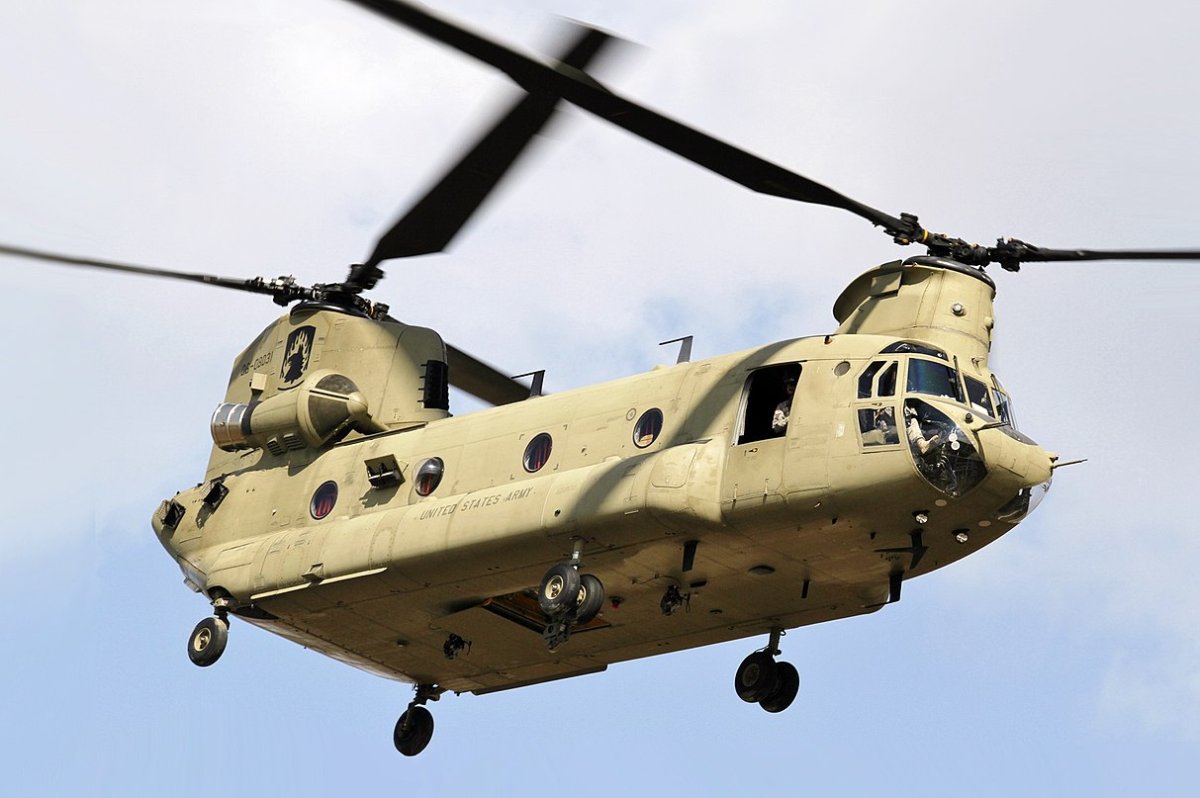
 www.upi.com
www.upi.com
24 June 2019
Raytheon is developing the Silent Knight Radar systems for several aircraft, including the CH-47 Chinook helicopter. Photo by Spc. Glenn M. Anderson/U.S. Army
June 24 (UPI) -- Raytheon was awarded a $96.6 million contract for the initial production of the Silent Knight Radar system for U.S. Special Operations Command.
The contract modification increases the ceiling to $300 million for continued low-rate initial production of the radar system for rotary and fixed-wing aircraft, the Defense Department announced Friday.
The work will be performed at Raytheon's Space and Airborne Systems plants in McKinney, Texas, and Forest, Miss. It is scheduled to be completed by October 2022.
The ordering period is valid for five years.
Fiscal 2019 procurement funds in the amount of $54.7 million are being obligated at time of contract modification. The remaining costs will be funded from delivery/task orders, and might be procured using research, development, test and evaluation; procurement; or operations and maintenance funding.
The work was initially funded at $28.5 million in 2006 and one year later Raytheon was awarded $135.4 million to develop a new tactical radar for the aircraft.
The Silent Knight radar is designed to help warfighters navigate safely through low altitudes at night or in bad weather.
"Whether an operation involves a strike aircraft penetrating heavily defended national airspace or special operations forces covertly inserting personnel, these flights require highly capable radar equipment designed to guide pilots over and around terrain they cannot see," according to an article in AFCEA International's Signal magazine.
The system will also provide navigation support, ground mapping and weather information to air crews.
Compared with other systems, the radar is lighter and requires less power, according to Raytheon.
"For our special operations forces customer, that means the expertise and experience to provide a low-risk, high-performance radar that meets its demanding mission requirements," Mike Proch, vice president of Raytheon Precision, Attack and Surveillance Systems, said in 2007 in a Raytheon news release.
Silent Knight eventually will be outfitted on the MH-47G Chinook and MH-60M Blackhawk helicopters, MC-130 transports and CV-22 Osprey tilt-rotor aircraft.
The Silent Knight TF/TA radar is designed to operate in a variety of aircraft, such as the CV-22 Osprey, with little or no modification.
Silent Knight is the latest in radar development dating to the late 1950s.

Raytheon awarded $96.6M for Silent Knight Radar system - UPI.com
Raytheon was awarded a $96.6 million contract for initial production of the Silent Knight Radar system for U.S. Special Operations Command.

